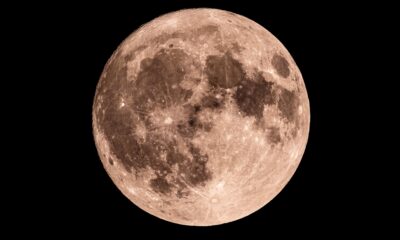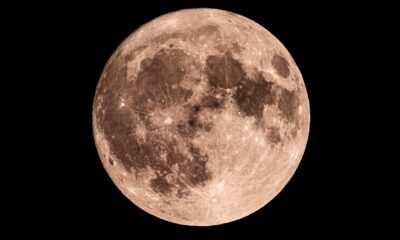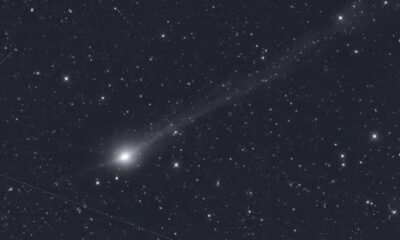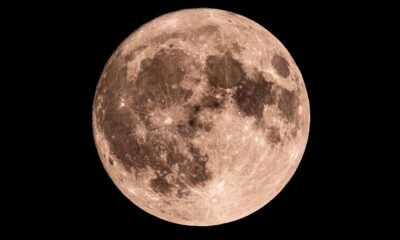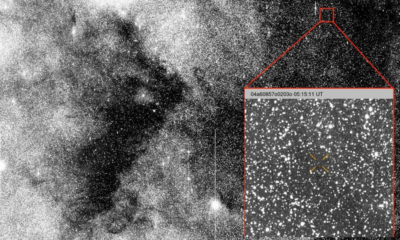Science
Moon Phase Update: Waxing Crescent Illuminates Night Sky Today
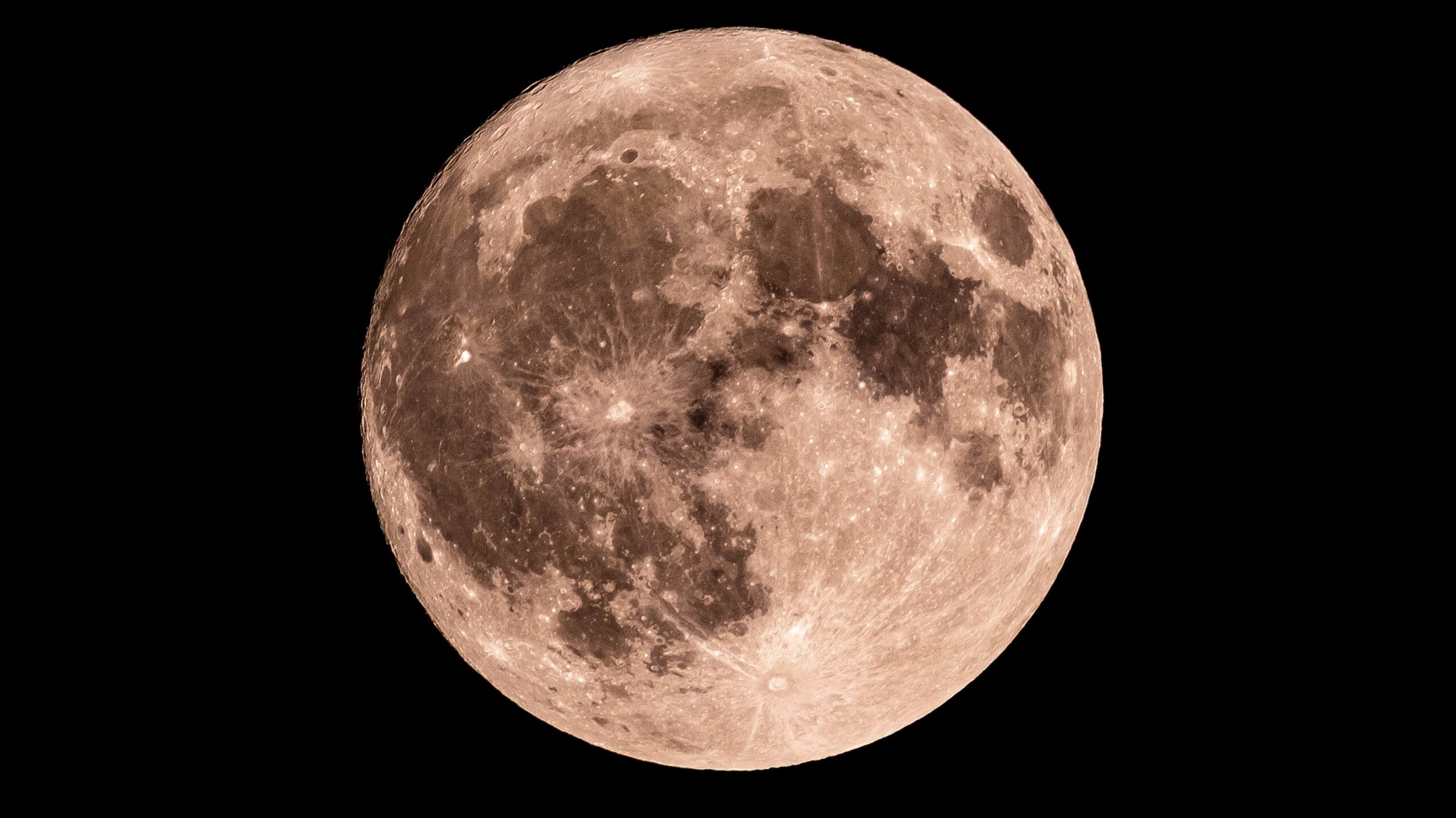
The moon is currently in the Waxing Crescent phase as of July 26, 2025, becoming progressively brighter each night. This phase marks the second day of the lunar cycle, during which only 4% of the moon’s surface is visible from Earth, according to the NASA Daily Moon Observation. Tonight, observers will find little to see, as the limited illumination makes it nearly impossible to spot any features on the moon’s surface, even with binoculars or a telescope.
Understanding the Lunar Cycle
The lunar cycle consists of eight distinct phases, taking approximately 29.5 days to complete. This phenomenon occurs as the Sun illuminates varying portions of the moon while it orbits Earth. The phases of the moon, which include the New Moon, First Quarter, Full Moon, and others, reflect how much sunlight is visible from our vantage point on Earth.
The upcoming full moon will occur on August 9, following the last full moon on July 10. Each phase serves as a reminder of the moon’s continuous dance with the Earth and the Sun, creating a captivating display for sky watchers.
The Eight Phases of the Moon
To clarify, here is a brief overview of the eight primary moon phases:
– **New Moon**: The moon is positioned between Earth and the Sun, rendering it invisible to observers on Earth.
– **Waxing Crescent**: A small portion of the moon’s surface begins to light up on the right side.
– **First Quarter**: Half of the moon is illuminated, creating the appearance of a half-moon.
– **Waxing Gibbous**: More than half of the moon is lit, but it has not yet reached full illumination.
– **Full Moon**: The entire face of the moon is visible and brightly illuminated.
– **Waning Gibbous**: The moon starts to lose light on the right side.
– **Last Quarter (or Third Quarter)**: Another half-moon phase occurs, but now the left side is lit.
– **Waning Crescent**: A thin sliver of light remains on the left side before the moon returns to darkness.
This systematic progression of phases offers a unique opportunity to observe how the moon changes night by night, enhancing our understanding of celestial mechanics and the beauty of the night sky. As the moon continues its journey, enthusiasts and casual observers alike can look forward to the bright spectacle of the upcoming full moon in just a few weeks.
-

 World2 weeks ago
World2 weeks agoCoronation Street’s Shocking Murder Twist Reveals Family Secrets
-

 Entertainment1 week ago
Entertainment1 week agoAndrew Pierce Confirms Departure from ITV’s Good Morning Britain
-

 Entertainment5 months ago
Entertainment5 months agoKate Garraway Sells £2 Million Home Amid Financial Struggles
-

 Entertainment4 months ago
Entertainment4 months agoAnn Ming Reflects on ITV’s ‘I Fought the Law’ Drama
-

 Entertainment1 month ago
Entertainment1 month agoCoronation Street Fans React as Todd Faces Heartbreaking Choice
-

 Health4 months ago
Health4 months agoKatie Price Faces New Health Concerns After Cancer Symptoms Resurface
-

 World1 month ago
World1 month agoBailey Announces Heartbreaking Split from Rebecca After Reunion
-

 Entertainment2 weeks ago
Entertainment2 weeks agoTwo Stars Evicted from I’m A Celebrity Just Days Before Finale
-

 Entertainment4 months ago
Entertainment4 months agoCoronation Street’s Carl Webster Faces Trouble with New Affairs
-

 World2 weeks ago
World2 weeks agoKevin Sinfield Exceeds Fundraising Goal Ahead of Final Marathons
-

 Entertainment4 months ago
Entertainment4 months agoWhere is Tinder Swindler Simon Leviev? Latest Updates Revealed
-

 Entertainment5 months ago
Entertainment5 months agoMarkiplier Addresses AI Controversy During Livestream Response

